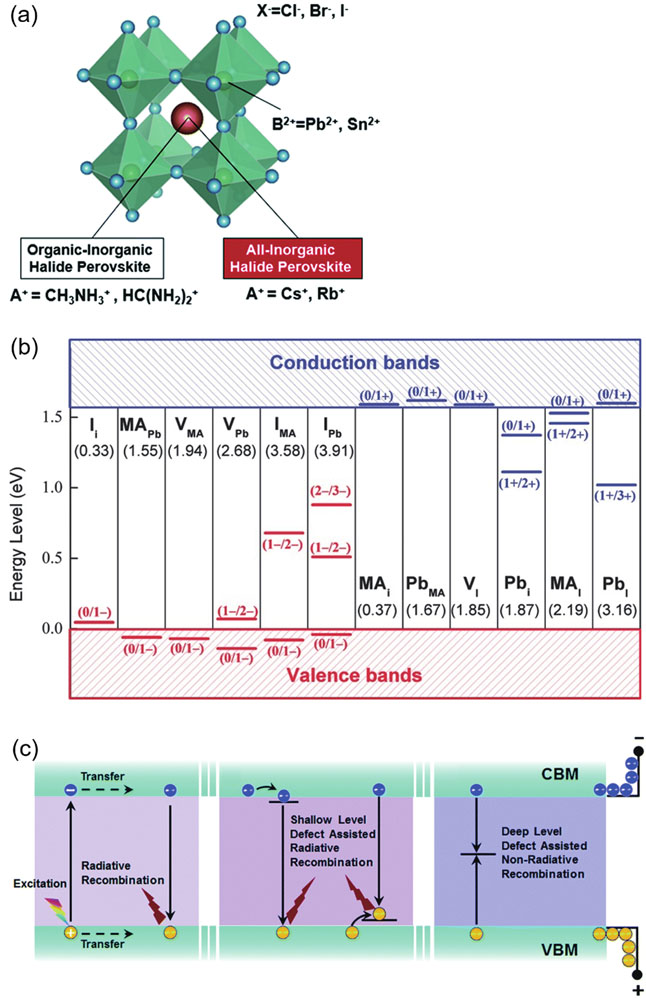[1] L X Zhang, X Y Pan, L Liu et al. Star perovskite materials. J Semicond, 43, 030203(2022).
[2] NREL . "Best Research-cell Efficiency Chart, " www. nrel. gov/pv/ cell- effic iency. html Accessed: Jun 2023.
[1] L X Zhang, X Y Pan, L Liu et al. Star perovskite materials. J Semicond, 43, 030203(2022).
[2] NREL . "Best Research-cell Efficiency Chart, " www. nrel. gov/pv/ cell- effic iency. html Accessed: Jun 2023.

Set citation alerts for the article
Please enter your email address